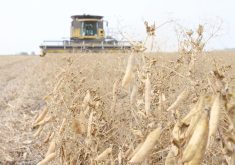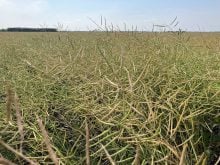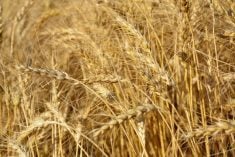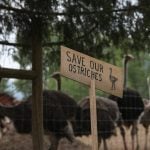CFB Suffield, Alta. – A sea of grassland rolls and waves at the cottonwood trees as several, large white-tailed bucks stand watching the odd comings and goings of wagon train and cattle herd in southeastern Alberta.
Late in July the Western Stock Growers Association Centennial Cattle Drive stretched across this raw prairie that is encompassed by Canadian Forces Base Suffield.
The land itself, 2,690 square kilometres, was expropriated for the war effort in 1941 with only 15 percent of it ever broken for farming. The military has maintained it as a weapons testing and artillery training reserve ever since.
Read Also
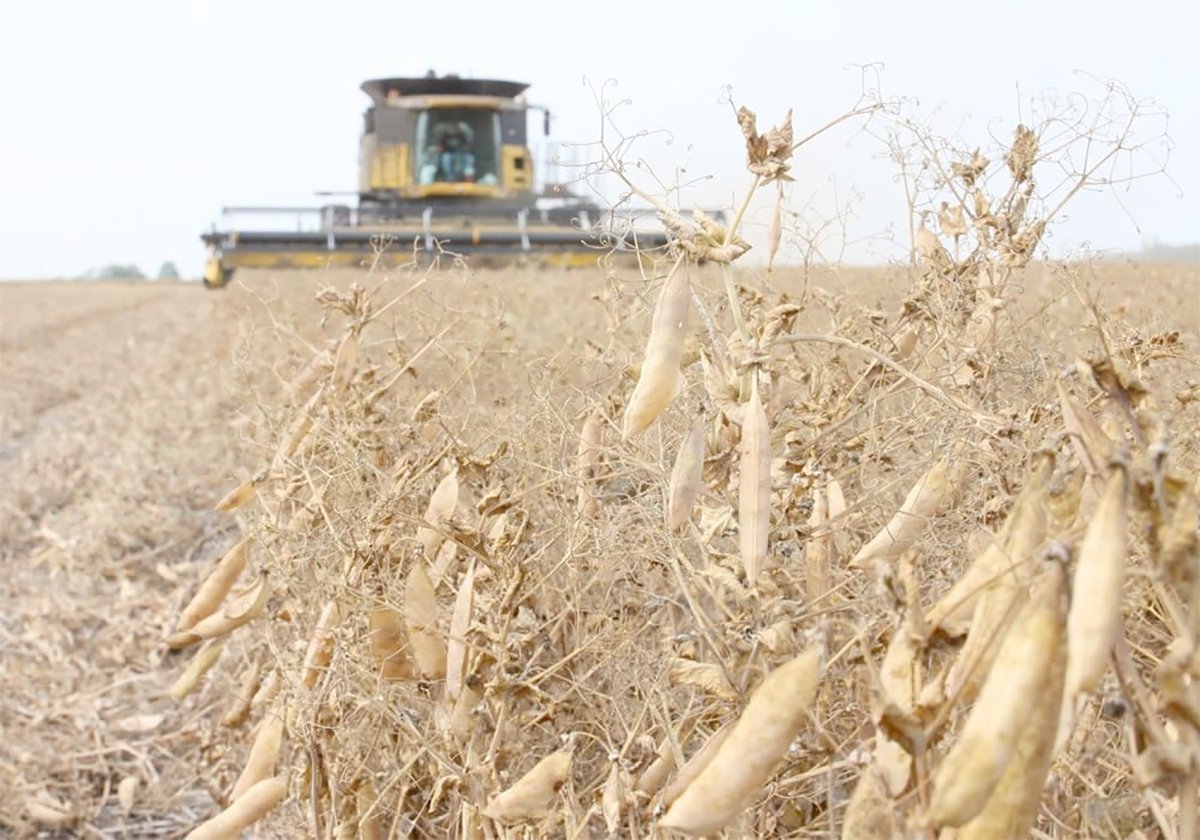
Chinese, Indian tariffs take toll on pea prices
The disruption of pea exports from Canada’s largest customers will likely result in slow pea exports for the remainder of the crop year.
Rather than being chewed and bombed out as one might suspect after 55 years of military use, the land is closer to its historic state.
Since 1971 the Department of National Defence has set aside some of the more fragile ecosystems, such as the middle sandhills, mixed grasslands and the riverbank areas.
Home to 31 endangered species, the area is also a wintering area for 4,000 pronghorn antelope and more than 1,000 deer. Species such as the long-tailed weasel, burrowing owl, prairie rattlesnake, plains spadefoot toad and 10 grasses and small plants included as rare or endangered survive in the region.
Rich in archeological sites, the area, popular in the past with Cree, Blackfoot, Sarcee, Piegan and Blood Indian tribes, contains numerous teepee rings, medicine wheels, buffalo jumps and rock cairns.
In 1992 the federal defence and environment departments entered into an agreement to establish the CFB Suffield National Wildlife Area and the Canadian Wildlife Service hopes to announce as early as this fall that the area has been formally developed.
It will encompass 458 square km, or one-fifth of the base.
“The diversity and high abundance of rare and endangered prairie species makes the Suffield base probably one of the best examples of true prairie in Canada. … The military has done an excellent job of protecting the zone,” said Len Shandruk, of the service.


